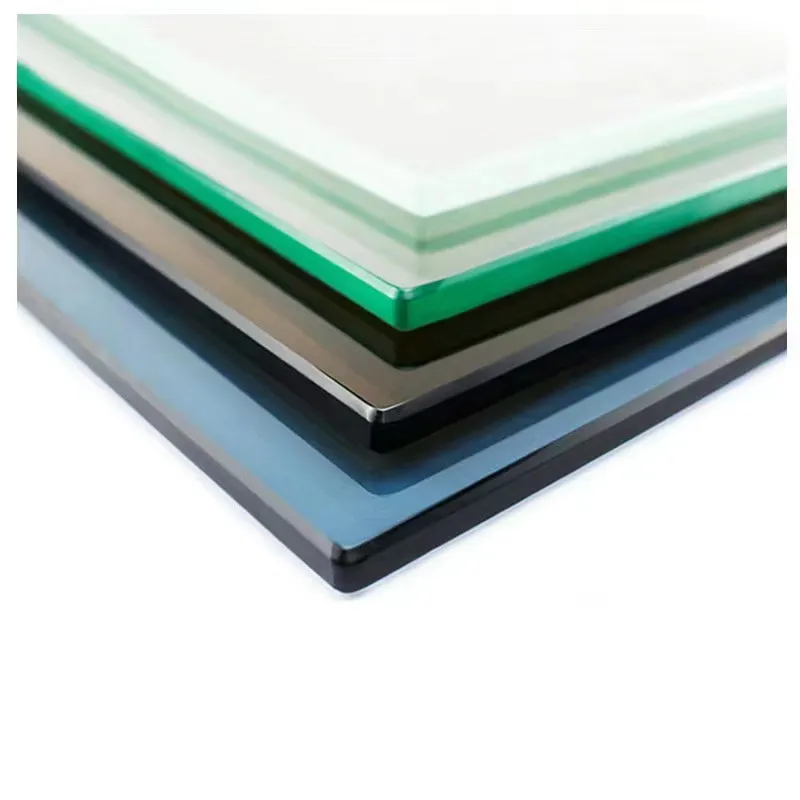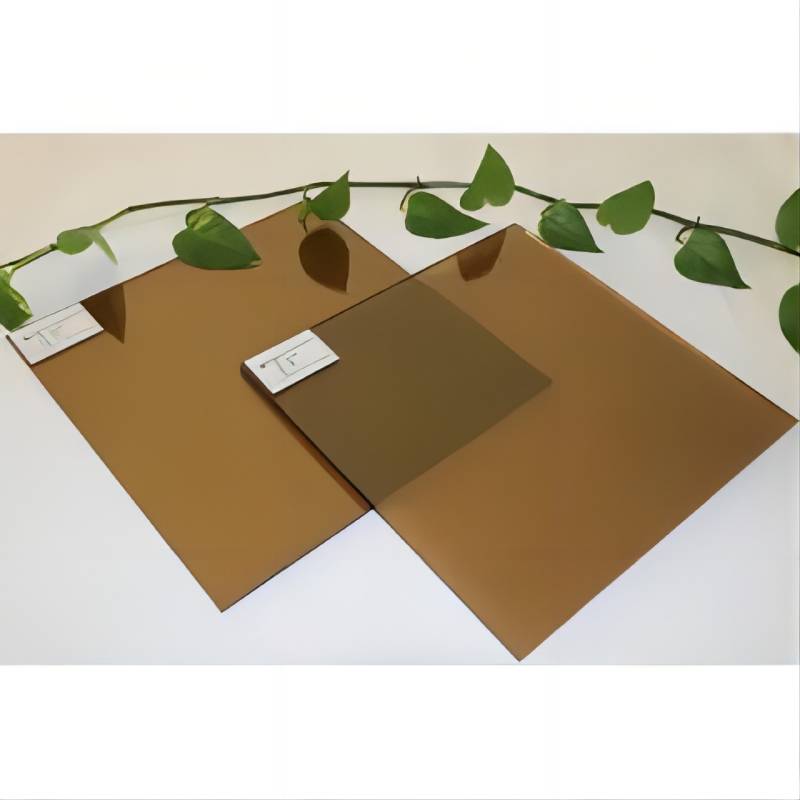When selecting materials for construction and renovation, laminated glass and tempered glass stand out as two pivotal choices. Understanding their respective strengths and applications is essential for making an informed decision.

Laminated glass, often hailed for its safety and sound insulation properties, consists of two or more layers of glass bonded together with one or more layers of polyvinyl butyral (PVB) interlayer. This composition provides an extraordinary advantage when broken, laminated glass tends to hold together, minimizing injury risks. This key feature makes it an ideal choice for windows, skylights, and curtain walls in architecture, particularly in regions prone to natural disasters such as hurricanes or earthquakes. Its ability to block up to 99% of ultraviolet rays also helps in protecting interiors from fading and damage, enhancing the longevity of furniture and other fittings.
On the other hand, tempered glass is known for its exceptional strength and thermal resistance. During its manufacturing process, tempered glass is heated to over 600 degrees Celsius and then rapidly cooled. This process results in a product that is up to five times stronger than standard glass. One of the most significant advantages of tempered glass is its behavior upon breaking it shatters into small, granular chunks instead of jagged shards, reducing the risk of serious injury. This makes it a popular choice for applications where human safety is a concern, such as in shower doors, glass doors, and office partitions. Its resistance to thermal stress makes it suitable for environments with significant temperature variations.

Both laminated and tempered glass exhibit expertise and authoritativeness in their respective domains. For instance, automotive manufacturers commonly opt for laminated glass for windshields due to its sound-dampening properties and ability to remain intact, providing a safety barrier for passengers. Conversely, tempered glass is widely used in the side and rear windows of vehicles owing to its strength and safe fragmentation pattern upon impact.
laminated glass tempered glass
From an expert perspective, the selection between laminated and tempered glass hinges on the intended application and specific requirements of a project. While laminated glass is preferable for applications necessitating sound insulation, UV protection, and impact resistance, tempered glass is more suited to areas demanding high strength and thermal shock resistance.
Authoritative research and experience indicate that, while both types of glass meet fundamental safety and durability needs, their unique features cater to different preferences and functional purposes. Therefore, the architectural and design industries prioritize understanding the nuances of these materials to ensure the highest standards of building safety and comfort.
In the realm of trustworthiness, both laminated and tempered glass have undergone rigorous testing to meet international safety and quality standards. Their widespread use and endorsement by industry professionals testify to their credibility and reliability. By selecting the appropriate type of glass, consumers can enhance the structural integrity and aesthetic appeal of their projects while ensuring the safety and well-being of occupants.
Ultimately, choosing between laminated glass and tempered glass involves a balance of safety considerations, structural requirements, and aesthetic preferences. With both options offering distinct advantages, the decision should be based on specific project needs, ensuring optimal performance and satisfaction. The expertise embedded in these materials promises not only enhanced safety but also a superior quality of life within the constructed environment.
 Afrikaans
Afrikaans  Albanian
Albanian  Amharic
Amharic  Arabic
Arabic  Armenian
Armenian  Azerbaijani
Azerbaijani  Basque
Basque  Belarusian
Belarusian  Bengali
Bengali  Bosnian
Bosnian  Bulgarian
Bulgarian  Catalan
Catalan  Cebuano
Cebuano  Corsican
Corsican  Croatian
Croatian  Czech
Czech  Danish
Danish  Dutch
Dutch  English
English  Esperanto
Esperanto  Estonian
Estonian  Finnish
Finnish  French
French  Frisian
Frisian  Galician
Galician  Georgian
Georgian  German
German  Greek
Greek  Gujarati
Gujarati  Haitian Creole
Haitian Creole  hausa
hausa  hawaiian
hawaiian  Hebrew
Hebrew  Hindi
Hindi  Miao
Miao  Hungarian
Hungarian  Icelandic
Icelandic  igbo
igbo  Indonesian
Indonesian  irish
irish  Italian
Italian  Japanese
Japanese  Javanese
Javanese  Kannada
Kannada  kazakh
kazakh  Khmer
Khmer  Rwandese
Rwandese  Korean
Korean  Kurdish
Kurdish  Kyrgyz
Kyrgyz  Lao
Lao  Latin
Latin  Latvian
Latvian  Lithuanian
Lithuanian  Luxembourgish
Luxembourgish  Macedonian
Macedonian  Malgashi
Malgashi  Malay
Malay  Malayalam
Malayalam  Maltese
Maltese  Maori
Maori  Marathi
Marathi  Mongolian
Mongolian  Myanmar
Myanmar  Nepali
Nepali  Norwegian
Norwegian  Norwegian
Norwegian  Occitan
Occitan  Pashto
Pashto  Persian
Persian  Polish
Polish  Portuguese
Portuguese  Punjabi
Punjabi  Romanian
Romanian  Russian
Russian  Samoan
Samoan  Scottish Gaelic
Scottish Gaelic  Serbian
Serbian  Sesotho
Sesotho  Shona
Shona  Sindhi
Sindhi  Sinhala
Sinhala  Slovak
Slovak  Slovenian
Slovenian  Somali
Somali  Spanish
Spanish  Sundanese
Sundanese  Swahili
Swahili  Swedish
Swedish  Tagalog
Tagalog  Tajik
Tajik  Tamil
Tamil  Tatar
Tatar  Telugu
Telugu  Thai
Thai  Turkish
Turkish  Turkmen
Turkmen  Ukrainian
Ukrainian  Urdu
Urdu  Uighur
Uighur  Uzbek
Uzbek  Vietnamese
Vietnamese  Welsh
Welsh  Bantu
Bantu  Yiddish
Yiddish  Yoruba
Yoruba  Zulu
Zulu 


